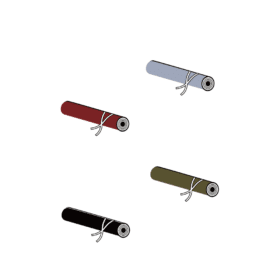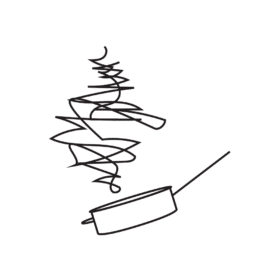When we set about creating the best kitchen knife set our team at Kikusumi talked to both casual and professional users in Japan and the USA to get a sense of what mattered most. We also conducted a study of knife sets being sold both today and in the past across the globe. Our research suggested that 3 sizes of knives was ideal for an essential starter set of knives.
One key difference between Western and Japanese knife sets is the types of knives included. Western knife sets tend to include several knives that are identical other than in length and often called Utility knives. In many home kitchens only one utility knifes ends up being used regularly while the others are rarely used. Japanese knives each have a specialized use with little or no overlap in function. The Kikusumi team made note of this and were determined to offer 3 knives that each performed a specialized function so that no overlap occurred. In doing so the team believed it would make the knife set of greater value to the home cook than what was currently offered on the market.
Further research determined that for home kitchens knives larger than 7″ were less useful. Extra large knives are made for chopping the large volumes of food processed in hotels and restaurants – not the amounts found in the home. Long blade knives are also more awkward to control for non-professionals which makes them unnecessary given the smaller volume of food normally prepared in the home. With that in mind the team at Kikusumi set about to choose 3 knives that offered a unique combination of precision, balance and comfort for the Kikusumi kitchen knife set.
3 UNIQUE KNIVES
When choosing 3 knife sizes for the best kitchen knife set the Kikusumi team looked to the wisdom of both Japanese and Western chefs and drew on that extensive experience. We wanted to offer a set that would be complete in itself for all levels of cooks from beginners to experienced cooks. The first selection was a 7″ (17.5 cm) Chef knife chosen for its ability to handle a variety of large cutting jobs. Second, a 3″ (7.5 cm) Paring knife for its amazing dexterity when working in small and tight areas. The final choice was a 5″ (4.8 cm) Santoku knife, an all-purpose knife with a deeper blade for controlled peeling, slicing, dicing and mincing of round or cylindrical fruits and vegetables.
BLADE MATERIAL
The choice of knife blade material is a very important and an often debated point for knives. Steel may be the most common material used for knives but it is not always the best. With the exception of boning meat or poultry and filleting fish – tasks that require a flexible blade – blades really benefit from being made of a more rigid material. A rigid blade flexes less which means it is more consistent and easier to cut straight.
Ceramics is a relatively new material choice and one that offers several advantages over steel. Zirconium Oxide registers second on the hardness scale only to diamond. It is 50% harder than steel which makes it an ideal choice for a bread knife because it is more rigid and requires less frequent sharpening. Kikusumi chose to use zirconium oxide #4 which is the highest grade and the most expensive to make its knife blades. Kikusumi blades hold their sharpness longer and are easy to cut straight with. Chemically inert, Kikusumi ceramic blades will never rust or cause food to brown and do not hold onto odors like other materials.
HANDLE SHAPE
Along with the blade, the handle quality of a knife determines how well it functions. Great knife handles are very easy to hold – the technical term for how a handle fits the hand is called ‘ergonomics’. An ergonomic handle fits the natural curves of the hand and is supportive at the points where the most pressure is applied. When designed correctly the handle helps facilitate the cutting motion while reducing hand fatigue. Kikusumi chose an oval shaped handle which in Japan is traditionally one of the three best knife handle shapes with the added advantage of being ambidextrous .
A palm swell in the middle of the handle provides a relaxed and comfortable handhold. It keeps your hand in the same place on the handle and provides a natural pivot point The simple reason this handle shape is a superior choice is that its flowing contours hug the curves of your hand which is enhanced by the butt end of the handle slightly dipping as it tapers. You feel it the first time you pick it up. It retains its comfort even after hours of use. The human hand should be the starting point for knife design and that is how Kikusumi designed its knives.
HANDLE MATERIAL
The material chosen for the handle effects the grip and hand feel. A slippery grip can lead to injuries. Hard, non-porous materials like steel are difficult to hold because they become slippery when wet. This happens when the hand perspires in warm weather or when ingredients are wet like freshly washed vegetables. Steel also feels cold and less personal. Designers who don’t cook sometimes choose steel as a handle material because it can used to create a “new” shape that looks good in magazines. We disagree with this approach to knife design. Knife design ought to consider its functional performance above all else. Kikusumi chose to make a handle that gives a firm yet comfortable grip. The handle consists of an inner core of ABS plastic for resistance and toughness combined with a thinner outer layer of TPR which gives it a soft and tactile grip to prevent slipping even when wet.
WHERE HANDLE MEETS BLADE
Where the handle meets the blade is a critical consideration in the design of a knife and one that is surprisingly often done wrong. In our research we found many knives that have a handle that covers and extends past the heel of the blade. Kikusumi considers this a serious flaw because it prevents the knife from making a clean cut through food. Sushi chefs use knives with considerable clearance from the bottom of the blade heel to the bottom of the handle for precisely this reason. No matter what you cut if your knife blade cannot reach the cutting board then it cannot make a clean cut. There needs to be adequate space between the bottom of the blade and the handle. All Kikusumi knives have that built into their design.
AESTHETIC
Kikusumi knives are inspired by traditional craftsmanship and emblazoned with artisanal luxury design. A simple minimalist design begins with a curvaceous handle and matte black blade marked on one side with laser engraving and on the other with a sintered Kikusumi logo. The dramatic fiery red Kikusumi logo is a reminder of the the artisan craft the stands behind the knife and acts as a spark for the cook’s creativity. Kikusumi’s best kitchen knife set is packaged in a unique box that tells the Kikusumi story both graphically and in words its beauty is sure to create a uniquely memorable unboxing experience.
PROCESS
Available in a limited edition quantity the Kikusumi ceramic bread knife is minimalist and elegant. It takes incredible heat to transform this zirconium oxide into a beautiful knife blade. A 45 day process involves careful molding of zirconia powder that transforms under intense pressure and then heat to emerge from the kiln in its final form. Like pottery raw zirconia is baked at a temperature of 1500ºC until the ceramic reaches an exceptional quality. After cooling and settling for days, three polishing treatments are applied for an immaculate, smooth finish. The surface, bezels, and details of the ceramic are repeatedly treated to achieve an incomparable look. Before the ceramic knives are packaged they are subject to rigorous quality inspections, ensuring that if you’re holding one in your hands, it should be free from imperfections.
PACKAGING THE BEST KITCHEN KNIFE SET
Once we had the right mix of knives we went to work on packaging it in a way that would tell the compelling story of the Kikusumi brand. The result is 3-knife set gift box whose story unfolds as it is opened – the memorable unwrapping experience is sure to enhance those important moments in life we choose to celebrate. We took extra time to design the hidden details with the hope that it will inspire your cooking creativity to ever greater heights.
The Kikusumi black ceramic bread knife set includes a perforated blade sheath to protect its sharpness when not in use. It is ideal for the home kitchen whether it be a gift for a mother or starting set for a university student or first-time workers in urban cities. It also makes an excellent knife for those wanting sharpness and precision that requires less time and effort to mainten. For those who love design the minimalist and elegant Kikusumi design style will fit seamlessly with any kitchen decor. With the best kitchen knife set you can express your passion for cooking. This is your bread knife.

 KULUR ROLL
KULUR ROLL COOKING
COOKING

